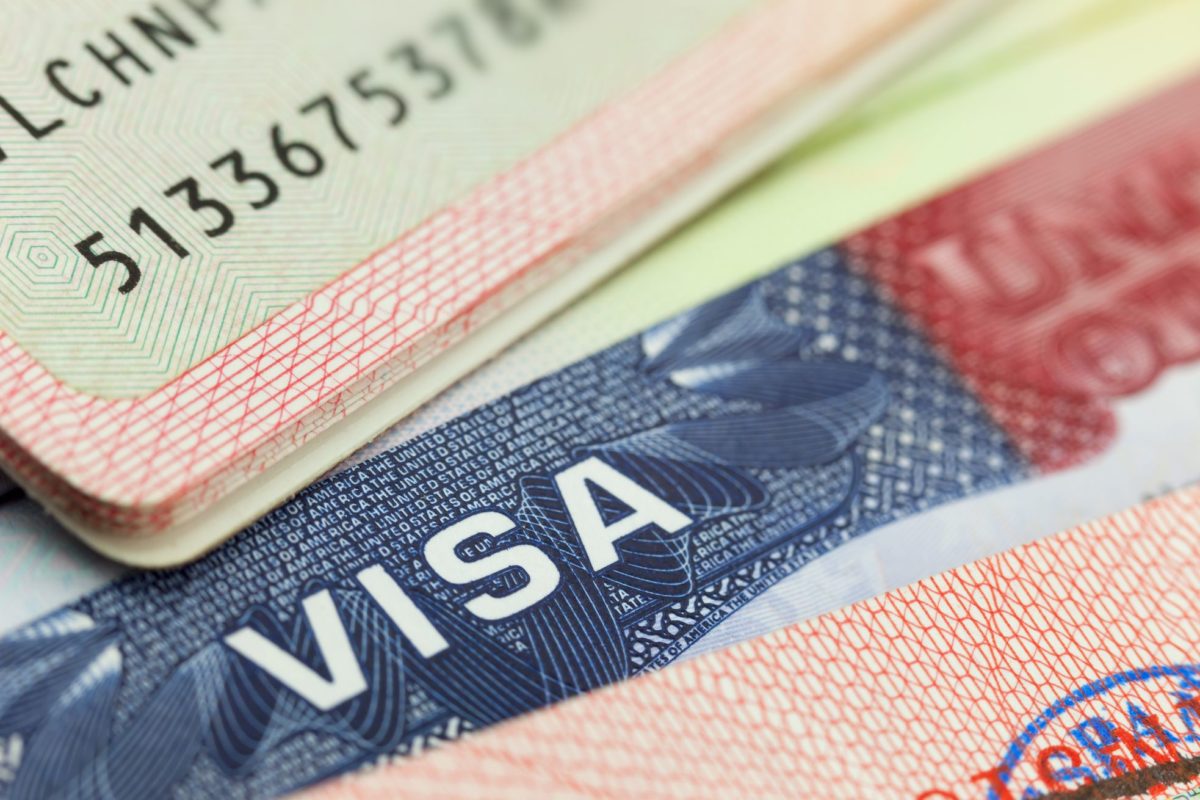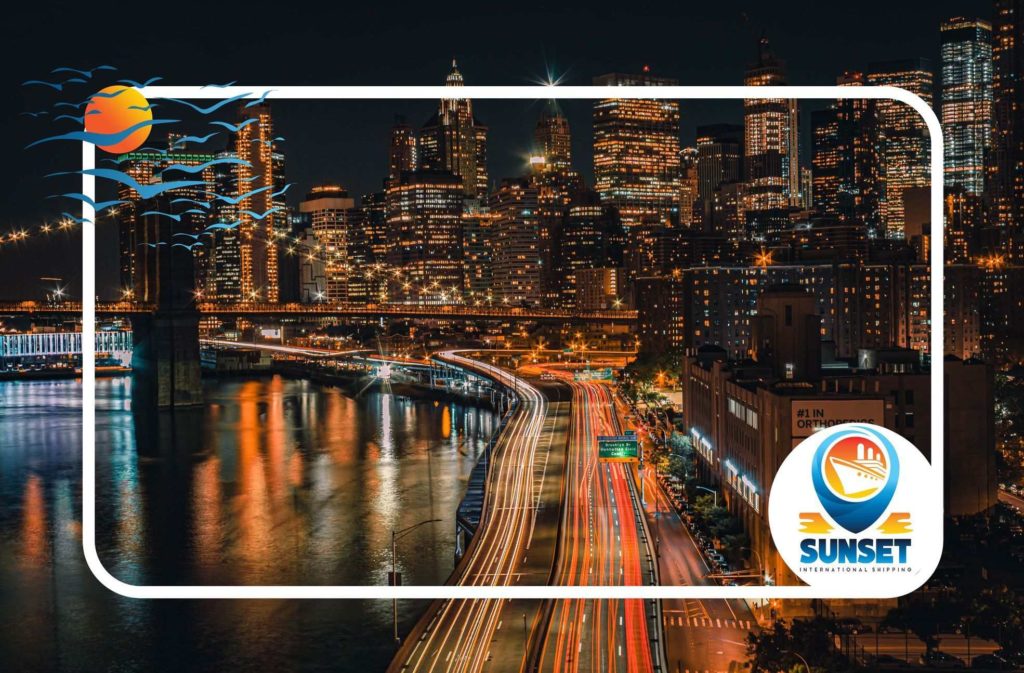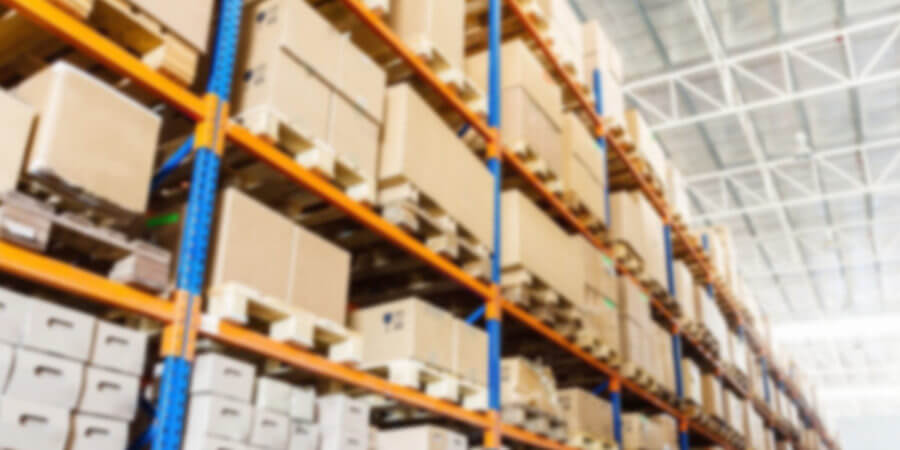How to Make Moving to Peru a Breeze?
To make moving to Peru a breeze, you can start by researching the country’s culture and customs, obtaining the necessary visas and permits, finding a reliable moving company, and packing and preparing your belongings carefully. It’s also important to have a plan for setting up your new life in Peru (PE), including finding a place to live, securing employment, and making new friends and connections. By planning ahead and taking the necessary steps, you can make your move to Peru as smooth and stress-free as possible.
Guaranteed prices for International Moving. No hidden fees or surprises! GET A QUOTE Consider Some Interesting Facts When Moving to Peru From the US
If you are planning on moving to Peru from the US, there are several interesting facts that you may want to consider. Here are a few:
- Culture and language – Peru has a rich and diverse culture, with influences from indigenous, Spanish, and other cultures. Spanish is the official language of Peru, but there are also many indigenous languages spoken throughout the country.
- Geography – Peru is a geographically diverse country, with a mix of coastal desert, mountains, and rainforests. The Andes mountain range runs through Peru and includes some of the highest peaks in South America.
- Food – Peruvian cuisine is known for its diverse flavors and ingredients, including seafood, potatoes, and chili peppers. Ceviche, a dish made with raw fish marinated in citrus juices, is a popular Peruvian dish.
- History and archaeology – Peru has a rich history and is home to many ancient archaeological sites, including Machu Picchu and the Nazca Lines.
- Currency and economy – The official currency of Peru is the sol. Peru has a growing economy, with industries including mining, manufacturing, and tourism.
By learning about these interesting facts, you can better prepare for your move to Peru and gain a deeper appreciation for the country’s culture and history.

Start Organizing a Move on Time and Gather All the Needed Documents
Moving overseas to a new country can be an exciting but also challenging experience. To ensure a smooth relocation to Peru, it’s important to start organizing early and gather all the necessary documents. First thing first – research the visa requirements. If you are not a Peruvian citizen, you will need to obtain a visa to live in Peru. Research the different visa types and requirements to determine which one is best for you. Once that’s settled, gather all the necessary documents, such as a passport, birth certificate, marriage certificate (if applicable), and police clearance certificate.

What’s the Cost of Living in Peru?
The cost of living in Peru can vary greatly depending on where you live and your lifestyle. Here are some general estimates of costs in different areas:
- Housing – The cost of housing in Peru can vary depending on the location and the size of the property. In Lima, the capital city, a one-bedroom apartment can cost between $300 and $600 per month. Outside of Lima, housing costs tend to be lower.
- Food – The cost of food in Peru is generally affordable, especially if you stick to local produce and markets. A meal at a mid-range restaurant can cost between $10 and $20, while a basic meal from a local market can cost as little as $2.
- Transportation – Public transportation is relatively cheap in Peru, with a one-way bus fare costing around $0.30 to $0.60 in most cities. Taxis are also affordable, with a typical ride costing around $3 to $10.
- Utilities – The cost of utilities, including water, electricity, and gas, can vary depending on the region and the size of the property. On average, you can expect to pay around $50 to $100 per month for utilities.
Finding a Job Is One of the Tasks You Should Complete Too When Moving Internationally
The work culture in Peru is generally similar to other Latin American countries, with some unique cultural characteristics. For example, the standard workweek in Peru is 48 hours, with most businesses operating from Monday to Friday. The typical workday usually starts at 8:00 or 9:00 am and ends at 6:00 pm. But, although work hours can be long, there is also an emphasis on family and personal time. It is common for employees to take breaks throughout the day and to take vacations during the summer months.
How’s a Work Culture Here?
PE is a good place to live abroad if you want to work as an engineer (civil engineering, architecture, and construction). Many engineering firms want to hire skilled people from other countries, and knowing the lingo is just another plus. In the mining industry, there are also jobs for people who live overseas. However, the most popular jobs here are restaurant managers, tour guides, and hotel staff.
Check Out Some of the Most Desirable Places to Live in
The country of Peru lies on almost half a million square miles. While that might not seem like much compared to the United States, the country still has several great locations to offer to its immigrants. Here are some of them:
- Lima – Lima is the capital of Peru. Since it is the country’s largest city as well, it is important to note that the air quality here is not the best. However, the costs of living are quite affordable, and the weather is great. The city is extremely walkable, there are numerous entertainment opportunities, and it is quite safe as compared to other capitals in the world. Lima boasts high rates of traffic safety and overall quality of life.
- Chachapoyas – This city is located in the North of Peru and is home to a little over 20,000 people. It is extremely affordable ad has great overall quality of life. There aren’t many entertainment opportunities, such as bars and nightclubs, but the air is not polluted and traffic safety is very high. The city is relatively walkable.
- Arequipa – If you are an outdoor person, the White City is the place for you. Even though it is the second largest city in the country, it is not polluted and boasts great walkability. The weather is quite pleasant and the costs of living aren’t high. There is a decent number of entertainment venues and the overall quality of life is good. Obtaining internet access here may, however, pose a problem.
- Cusco – This city is located in the southeastern region of Peru. Also known as the Imperial City, it has a long history and a lot of places of interest. The costs of living here are good, the air is clean and the city is walkable. However, if you are someone who loves going out at night, you will quickly get bored of Cusco.
Americans Moving to Peru – What to Know about the Locals?
After you book a professional overseas shipping company to take care of all needed relocation tasks, you can actually dedicate some of your free time and learn about the locals. Peru’s nation is comprised of several ethnic groups. Amerindians, Spaniards, Africans, Europeans, Chinese, and Japanese have all relocated here at various points in history, which explains today’s diversity among Peru’s 31 million residents.
The official language of Peru is Spanish. However, several minority languages have official status in the areas where they are predominantly used. These languages include Quechua and Aymara, to name a couple. In addition, since there are a lot of immigrants in Peru, numerous foreign languages, such as German, Japanese, or Italian are spoken within their corresponding communities.

What You Should Know About Moving to Lima, Peru?
If you are considering moving to Lima, Peru, there are several things that you should know to help you prepare for your move. Here are some key considerations:
- Culture and language – Lima has a rich and diverse culture, with influences from indigenous, Spanish, and other cultures. Spanish is the official language of Peru, but there are also many indigenous languages spoken throughout the country. It is important to learn about the local customs and traditions to help you adjust to your new surroundings.
- Cost of living – The cost of living in Lima can vary widely depending on your lifestyle and location. In general, Lima is less expensive than many other major cities in South America, but it is still important to budget carefully.
- Transportation – Lima has a comprehensive public transportation system, including buses, taxis, and a metro system. However, traffic can be heavy, and it is important to plan your routes carefully to avoid delays.
- Healthcare – The healthcare system in Peru is improving, but it can be challenging for foreigners to navigate. It is important to have health insurance and to research the local medical facilities to find a provider that meets your needs.
By considering these factors and doing your research, you can prepare for a smooth and successful move to Lima, Peru.

Tropical Latitude Means There Are Different Climates Across the Country
The Climate in Peru varies in different areas of the country. In fact, Peru is home to thirty, out of the total thirty-two climates in the world. If you are considering moving to the coastal areas of the country, prepare for a dry subtropical climate. However, if the Andes Mountains are your final destination, you should know that they observe a cold climate with a lot of rainfall during the summer and very dry winters. The lowlands to the East are home to the equatorial climate zone, with high temperatures and even rainfall throughout the year.
Except for parts of the north that are warmer and wetter, the coastal area has moderate temperatures, little rain, and high humidity. This won’t make it easy to decide what to pack. So, when hiring an international moving company that includes packing help, make sure you bring a lot of different clothes. You’ll need them at some point, whether it’s a jacket or flip-flops.
Have a Reliable Overseas Moving Company by Your Side When Planning a Move
The process of moving to another country generally consists of two parts. The paperwork and the actual relocation. The first thing you should do before you start packing is get information on Peru’s visa system and requirements, obtain the proper visa, and deal with other technicalities. If you are moving a business to another country, the required paperwork will be even more abundant.
As for the actual shipping overseas process – leave all the heavy lifting to Sunset International Shipping. Our professional packers and movers will provide you with the best international relocation services at affordable prices. Sunset Moving is a team of moving experts who have had extensive training in packing and handling household items, office supplies, and furniture, as well as all kinds of vehicles. Contact us to get the best international moving quotes and international auto transport price estimates. We are looking forward to hearing from you!
Frequently Asked Questions About Moving to Peru
What is the cost of living like in Peru? The cost of living in Peru is generally affordable compared to many other countries. Housing, food, and transportation tend to be relatively inexpensive, although the cost of utilities can vary depending on the region and property size.
How do I find a place to live in Peru? To find a place to live in Peru, you can start by researching different neighborhoods and areas, looking at online real estate listings or classifieds, and working with a local real estate agent. It’s important to consider factors such as location, safety, and cost when choosing a place to live.
What are some good neighborhoods to live in Peru? Peru has many good neighborhoods to live in, depending on your lifestyle, preferences, and budget. Some popular neighborhoods in Lima include Miraflores, Barranco, San Isidro, and Surco, which offer a range of amenities, restaurants, and cultural attractions. Other cities such as Cusco, Arequipa, and Trujillo also have popular neighborhoods worth exploring.
What is the job market like in Peru? The job market in Peru is varied, with opportunities in industries such as mining, agriculture, tourism, and service. The unemployment rate in Peru has been relatively stable in recent years, but the job market can be competitive, especially in major cities like Lima.
What is the healthcare system like in Peru? The healthcare system in Peru is a mix of public and private services, with varying levels of quality and accessibility. The public healthcare system can be underfunded and may have long wait times, especially in rural areas. Private healthcare services tend to be of higher quality and may be more accessible for those who can afford them.
How do I get a visa to move to Peru? To get a visa to move to Peru, you will need to research the different visa types and requirements and follow the application process. The specific requirements and application process may vary depending on your country of origin and the purpose of your stay. Some common visa types for moving to Peru include work visas, student visas, and family visas
What is the education system like in Peru? The education system in Peru is divided into three levels: primary education, secondary education, and higher education. The public education system is free and compulsory for primary and secondary levels, but the quality of education can vary.
What is the transportation system like in Peru? The transportation system in Peru is a mix of different modes, including buses, taxis, trains, and domestic flights. In cities, public buses and taxis are the most common forms of transportation, with fares being relatively affordable.
How do I transfer my belongings to Peru? To ship your belongings to Peru, you can work with an international moving company that specializes in overseas moves. That way you will have help with packing, shipping, and other needed services to make your relocation a breeze.
What is the weather like in Peru? The weather in Peru varies greatly depending on the region and season. The coastal region, which includes Lima, has a mild climate with temperatures averaging around 18-20 degrees Celsius (64-68 degrees Fahrenheit) throughout the year.
How do I meet new people and make friends in Peru? To meet new people and make friends in Peru, you can join local clubs or organizations, take classes or workshops in a field that interests you, participate in volunteer work or language exchange programs, or attend cultural events and festivals. Social media and online communities can also be a good way to connect with people who share similar interests.
How do I find a job in Peru before I move there? To find a job in Peru before moving there, you can research job opportunities and companies online, network with professionals in your field, and work with recruitment agencies. You can also contact companies directly to inquire about job openings or submit your resume for consideration.
Can I bring my pets with me when I move to Peru? Yes, it’s possible to bring your pets with you when you move to Peru, but you will need to follow the country’s import regulations. This may include obtaining a health certificate from a licensed veterinarian, providing proof of up-to-date vaccinations, and complying with any quarantine requirements.
What are some popular activities to do in Peru? There are many popular activities to do in Peru, including visiting historical and archaeological sites such as Machu Picchu and the Nazca Lines, exploring the Amazon rainforest, hiking in the Andes mountains, surfing in the coastal region, and sampling the diverse and delicious Peruvian cuisine.









